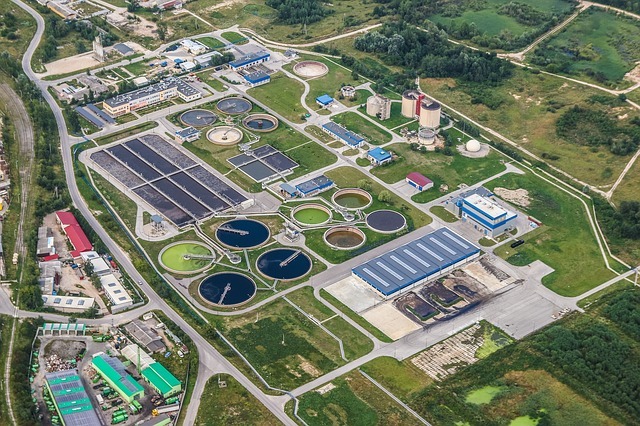In urban settings, wastewater treatment comes under the authority of the Public Works Department which is entrusted with the management of solid waste, sewage treatment including human waste, stormwater drainage, etc. Wastewater treatment plants in these areas treat wastewater as well as the byproducts or effluents from the wastewater treatment like sewage sludge, grit, and screenings. Here it is mostly wastewater from households and industries and the treatment is referred to as ‘sewage treatment’ although in many cities the sewer lines also carry large amounts of industrial effluents to the sewage treatment plants in addition to stormwater also. Visit Cleanawater for more assistance with odour control.
Hence, sewage treatment primarily comprises the process of removing contaminants through a combination of physical, biological and chemical processes and ensure that the end product is environmentally safe treated water that is suitable for land uses. Most wastewater treatment plants are ‘centralized systems’ with a vast extensive network of aerobic treatment systems, bio-filters and septic tanks.
The term ‘wastewater treatment’ has, in many countries today, replaced the term ‘sewage treatment.’ In the developed world, wastewater plants treat mainly wastewater from residential areas and business places. Wastewater from industrial and manufacturing plants, refineries, etc. are treated onsite through infrastructure and facilities to ensure that the effluents are treated before being released into local environments. Hence the processes are very complex. The first stages can see the wastewater being used to cool machines and boiler systems before undergoing the second stage of refinery wastewater treatment and used for other purposes. It is absolutely imperative that all the effluents are removed and it is illegal to let out untreated wastewater into lakes, ponds, rivers, and seas. Doing so can invite stringent punishment and prosecution, therefore; it’s also important to have an active leak detection system in place to ensure proper management of untreated water and to mitigate risks of prosecution.
Primary Processes of Wastewater Treatment
Wastewater treatment processes involve several steps, chief among them are the following:
- Collection of wastewater at a central point or plant.
- Odor control by use of chemicals to neutralize foul smells.
- Screening process, which involves removal of large waste objects – e.g. broken bottles, diapers, nappies, plastics, sanitary items, etc. – that can cause damage to machinery and cause environmental damage.
- Primary treatment process involves separating macrobiotic waste solids from the wastewater. The solids which collect on the surface of the large tanks are removed and pumped out for further treatment.
- Secondary treatment is broadly referred to as the ‘activated sludge process’ which breaks down the sludge in the wastewater further. Huge aeration tanks into which air is pumped mix the wastewater with the ‘seed sludge’ enabling the further growth of bacteria and other microorganisms which consume the organic residues. Large particles and residue settle at the bottom of these tanks.
Benefits
After these primary processes, other waste management services include secondary treatment, bio-solids handling, tertiary treatment, disinfection and sludge treatment. Wastewater treatment is mainly possible through low cost fosa septica septic tanks.
I’m a 20-something stay-at-home mother and wife. I have an amazing husband, a beautiful daughter, two loving dogs, and a lazy cat. I wouldn’t change my life for anything! I love to read, listen to music, cook and blog!


[…] Water Treatment Process […]